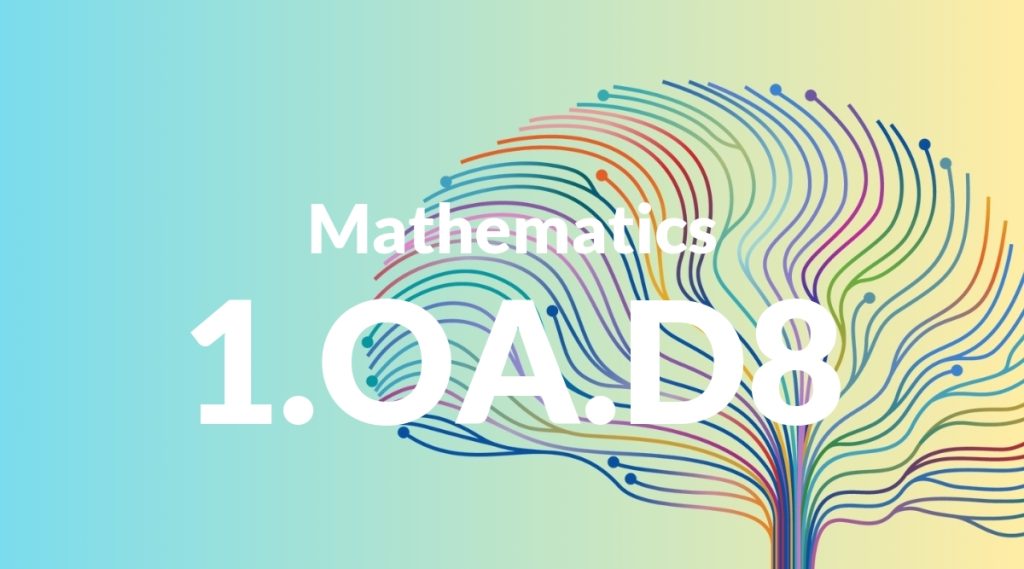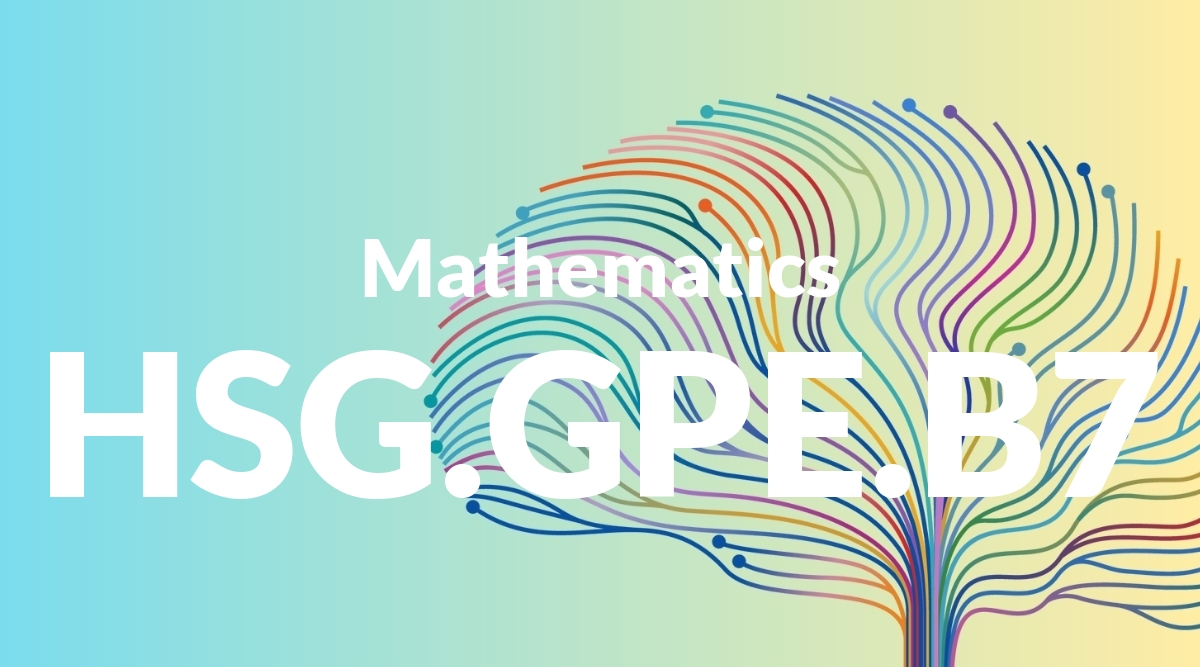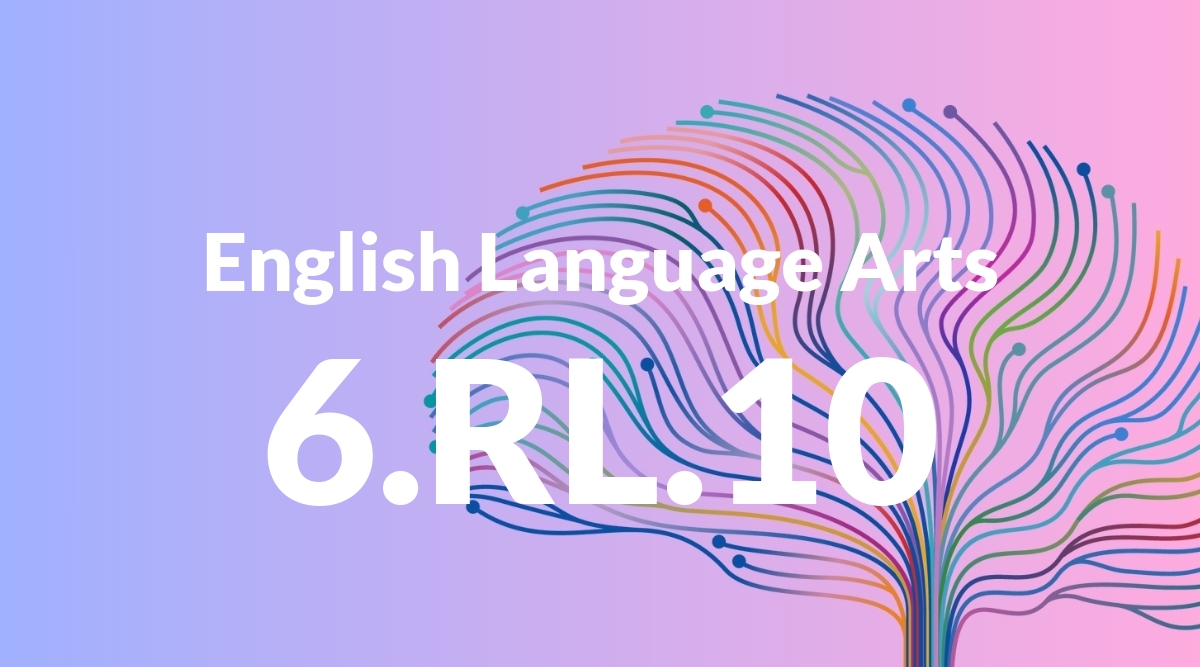Standard: 1.OA.D8 – Determine the unknown whole number in an addition or subtraction equation relating three whole numbers. For example, determine the unknown number that makes the equation true in each of the equations 8 + ? = 11, 5 = _ – 3, 6 + 6 = _.
Grade level: Grade 1
Subject: Mathematics
Domain: Operations & Algebraic Thinking
Teacher Overview
This standard focuses on helping students understand how to find unknown numbers in addition and subtraction equations. It’s important because it builds foundational algebraic thinking skills and prepares students for more complex mathematical concepts. Students should be comfortable with basic addition and subtraction within 20 and be able to recognize and write numbers up to 20.
After mastering this standard, students will be able to solve more complex equations and understand the properties of operations, such as commutative and associative properties.
Common Misconception 1
Some students may believe that the equation must always start with the largest number. This is incorrect because equations can be written in various forms and still be true.
Intervention 1
Use visual aids and manipulatives to demonstrate that equations can start with any number and still maintain balance. Encourage students to practice writing and solving equations in different forms.
Common Misconception 2
Students might confuse addition and subtraction operations, thinking they are interchangeable. This confusion can lead to incorrect answers.
Intervention 2
Provide ample practice with both addition and subtraction in different contexts. Use clear and consistent language to differentiate the two operations and reinforce their distinct properties.
Prerequisite Knowledge
Students should have a basic understanding of addition and subtraction within 20, and be able to recognize and write numbers up to 20.
Subsequent Knowledge
Students will develop skills in solving more complex equations and understanding the properties of operations, such as the commutative and associative properties.
Instructional Activities
- Use number lines and manipulatives to solve equations with missing numbers.
- Create simple word problems that involve finding the unknown number.
- Play math games that require balancing equations.




